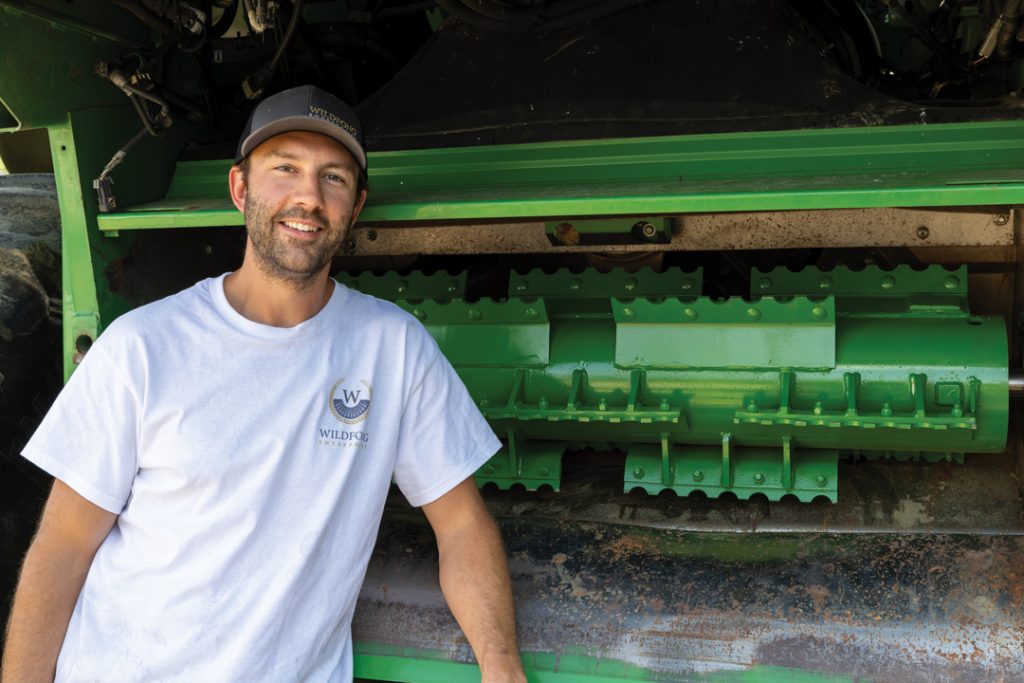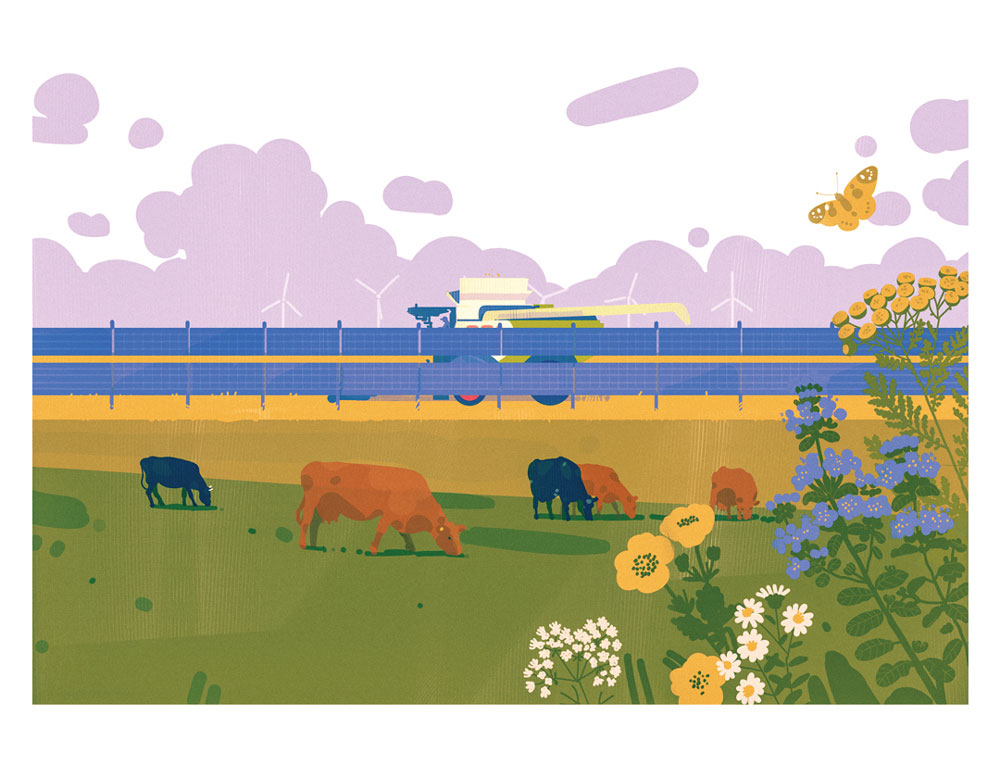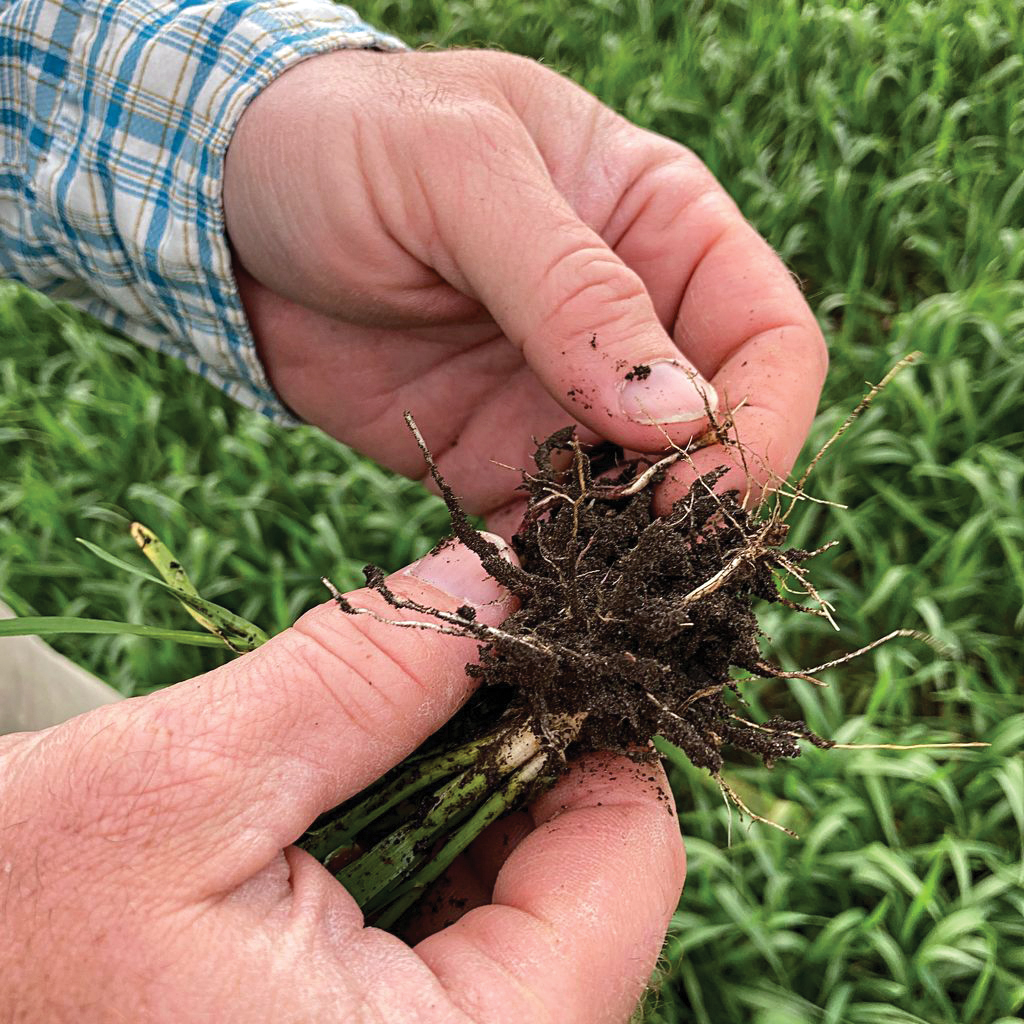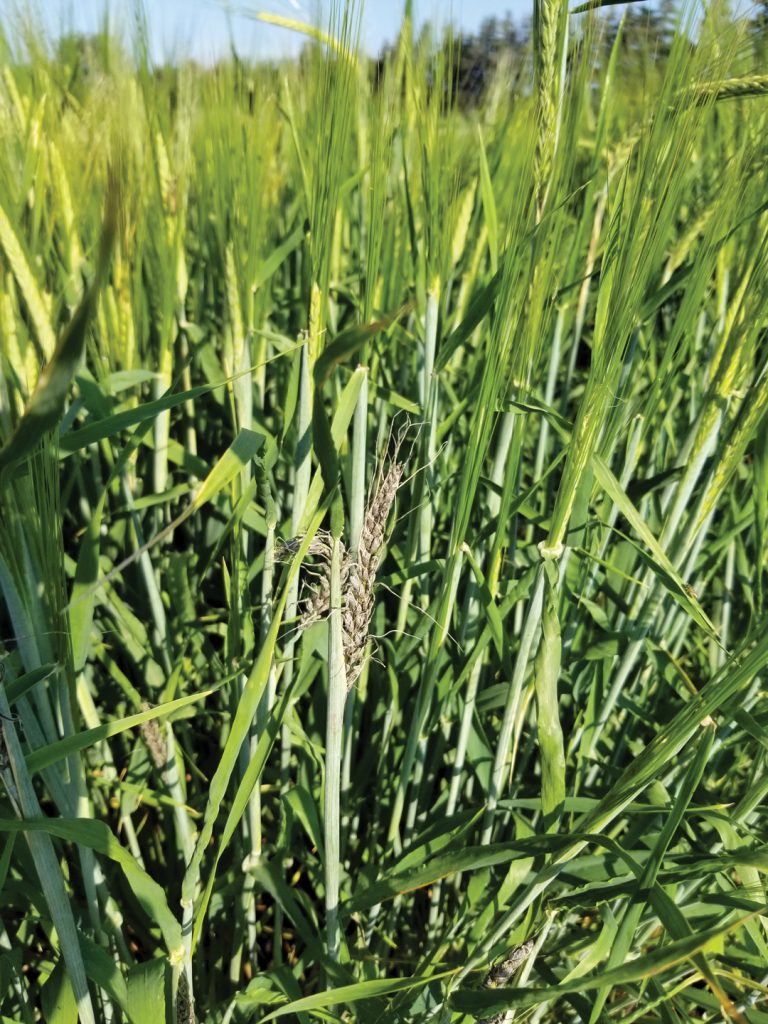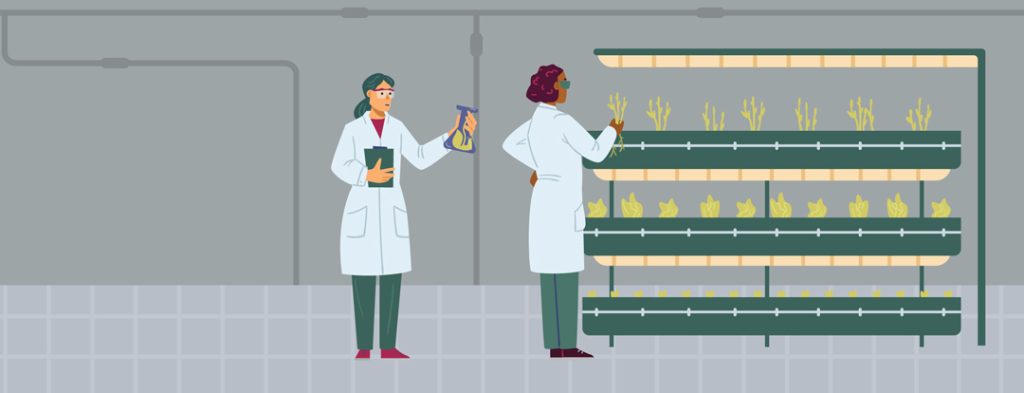SHORT LINES LONG ON VALUE
The country’s agriculture sector owes much to innovative ag entrepreneurs, many of them farmers, who have invented first-of-its-kind products that solve pressing problems. Collectively, their independent companies are known as short line manufacturers. A term they’ve grown into, it delineates how they create tailored solutions for localized problems.




